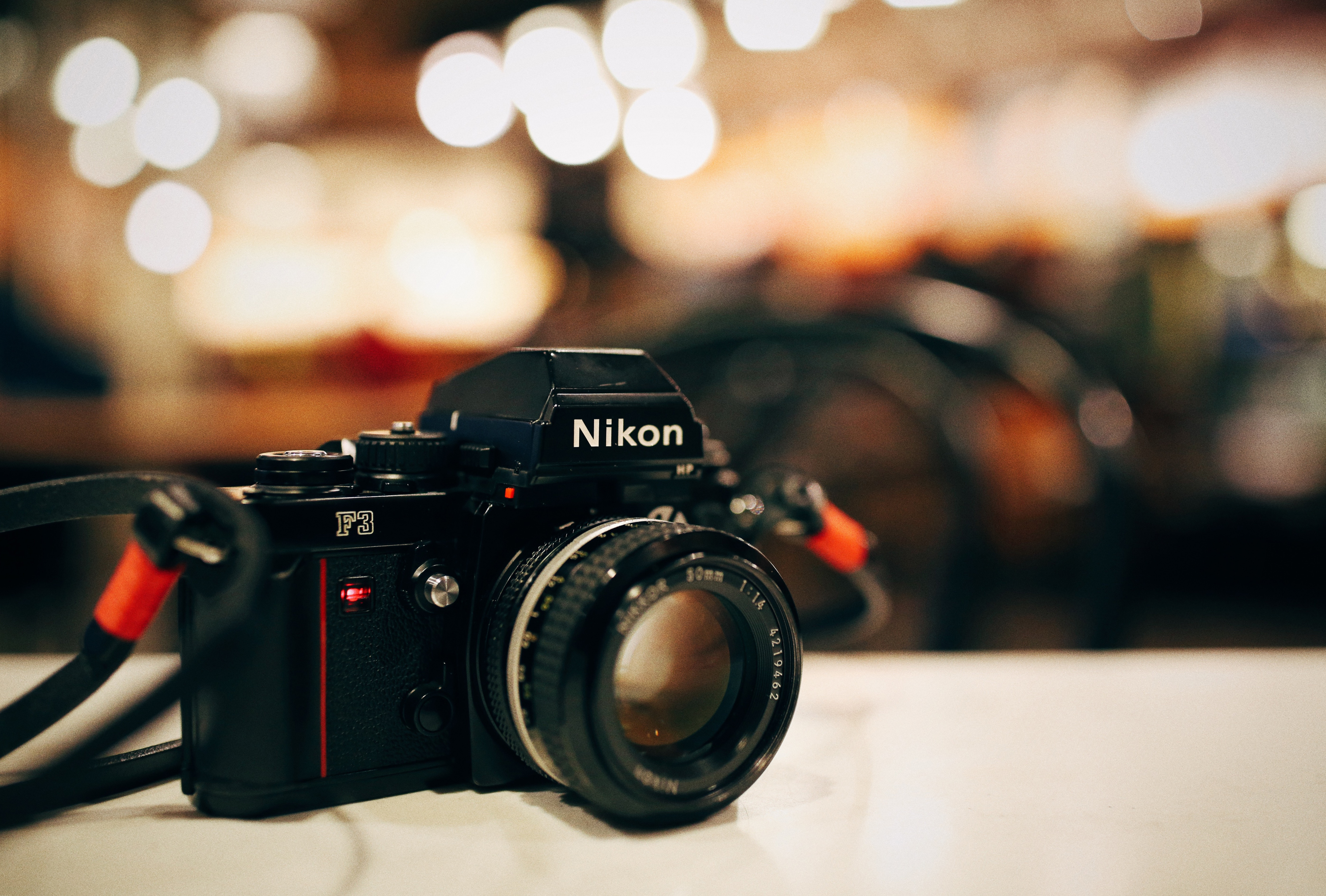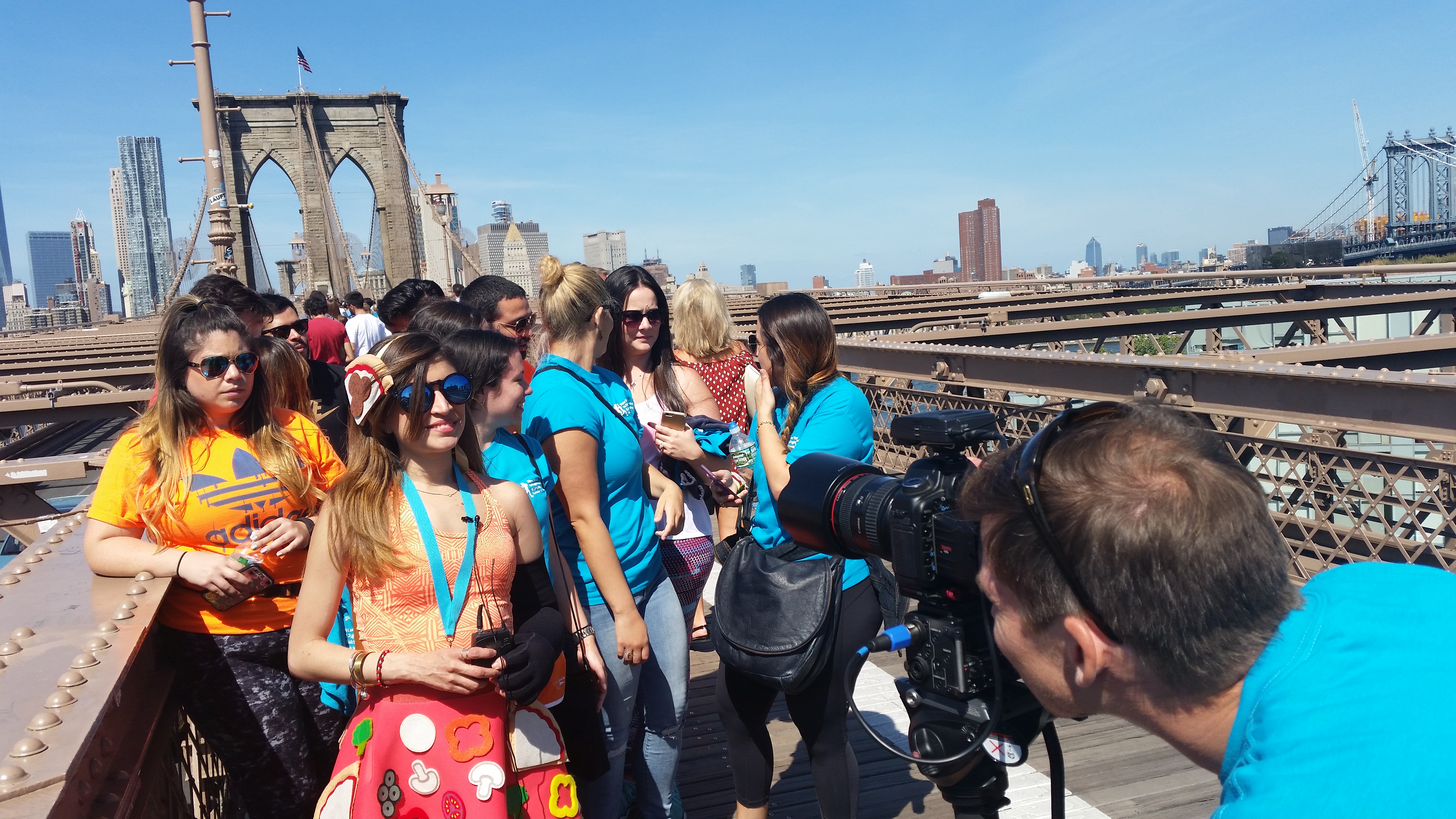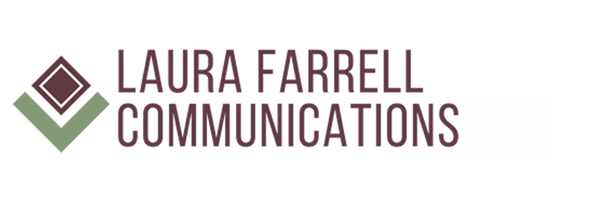
by Laura | Apr 14, 2017 | Featured
I am primarily a content creator. I focus on producing and distributing compelling and effective content. I look for the best tools to help me achieve that goal for myself and my clients.
When it comes to websites, there are many options. You could hire a web developer to build a site from scratch. And you may want to do that if you have very specific requirements or you have a very complex site.
You could also use an easy drag-and-drop web builder, such as Squarespace or Woo. This may be a great solution for someone who needs an easy on-line presence and doesn’t mind spending some time with set-up. However, you won’t get much flexibility here or room to grow.
A good solution for many people is using WordPress with a pre-designed WordPress theme. With this option, your site will be running on WordPress, which powers up to 25% of the website out there. There are many people well-versed in using WordPress, it’s easy to update and maintain, and if your site grows it is easy to expand using WordPress. There are many themes to choose from and your site can have a custom look for a low cost.
Having a content creator develop your site using a pre-designed theme has many advantages. One of the biggest hurdles that many people have when building a site is they don’t know what content they want and need on the site. Having a content creator be your point person can help you overcome this challenge and, if your content creator is well versed in using WordPress themes, you can have a beautifully designed site with content that makes sense, without hiring a developer or a designer.

by Laura | Apr 10, 2017 | Featured
Great images are a key component of any digital marketing strategy but getting those images — that work for your website and for your social media sites — can be tough. Here are some tips for your photographer — or for you if you are both digital marketer and photographer, as happens often in small shops and for smaller jobs.
Remove the clutter from the frame. All too often, a great shot is ruined because of distractions and ugly junk in the frame. Drag pocketbooks, water bottles, coffee cups, and winter coats out of the frame. I’ve had otherwise great images ruined by a stack of coats on a table in front of the subjects or collection of coffee cups in the middle of the meeting room. Take a moment to remove these items before taking your shot.
Take both landscapes and horizontals. Most web and social media images work best as landscape, but take some portraits as well.
Consider scale. Close-ups on particular items can work wonderfully on social media banners. Mix it up with panoramas, close-ups, people, things, individuals, and groups.
Light it up. Don’t take photos of subjects in dark rooms in front of windows. Be sure that there is light on your subjects.
Get off center. Your subjects should not always be centered. Most social media images look best when subjects are slightly to the right.
Provide a sense of place. If the location is important — such as an event — be sure to capture that in the photo if you can. For example, if you are in DC, try to get the Capitol building in frame. If you are at a Conference, capture the name of the Conference center in the photo.

Image: taking photos at the 2016 New York Walk to Fight Lymphedema and Lymphatic Diseases with videographer Steve Palmer.

by Laura | Apr 10, 2017 | Featured
Every social media platform requires different sized photos and different sizes for different purposes. Here’s a convenient reference. Be aware that images will render differently on desktops and mobile phones. Be sure to check your final uploaded images on both desktop and mobile.
Facebook cover image: 851 x 315
Facebook profile image: 170 x 170
Twitter cover image: 1500 x 500
Twitter profile image: 400 x 400

by Laura | Apr 7, 2017 | Featured
Facebook and Twitter both offer the ability to create custom audiences; Twitter calls them tailored audiences.
This option is useful if you would like to target certain people or exclude them from a social media campaign. Some examples:
- Upload your email list to Facebook and/or Twitter. Save it as a custom audience. You could then target a social media campaign to this audience, to reinforce an important message to an already loyal group.
- You could exclude people from a particular list from an ad campaign. For example, let’s say you already know who has taken advantage of a particular offer and is thus ineligible to take the same offer again. It makes sense to save yourself ad dollars in targeting these people. Just exclude them.
- You can target, or exclude, people who have visited your website. Let’s say you’d like people to sign up for your event. Lots of people are visiting your site but don’t actually sign up. You can track this and then target this people with a social media campaign.
It is important to note that if your email list is small — fewer than a few thousand — you will be able to use the list for targeting in Facebook and Twitter.

by Laura | Aug 3, 2016 | Uncategorized
It’s easy to upload your email contact list to your Facebook fan page, but then what do you do with this new audience you’ve created?
For starters, you may simply find the information interesting. I recently uploaded a list for a client and we discovered that most of our list could be found on Facebook but, of those, only about one-quarter were following our Facebook page. Surely, there must be low-hanging fruit there?
So, we ran a small campaign targeted at this list of people who were signed up for our emails but not Facebook fans. The campaign yielded interesting results. Only a small percentage of this audience ultimately liked our Facebook page, but our acquisition cost was low, relative to similar campaigns.
The experiment may me wonder if our list has some weak links and that we may want to consider doing a clean-up. After all, if an email subscriber cannot be encouraged to like our Facebook page, they are probably unlikely to engage with us in more meaningful ways.






